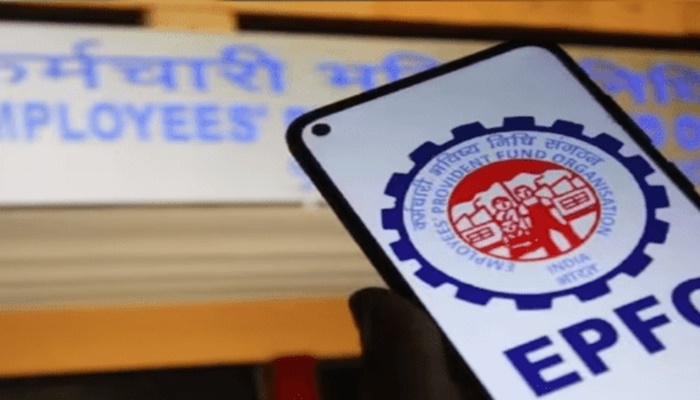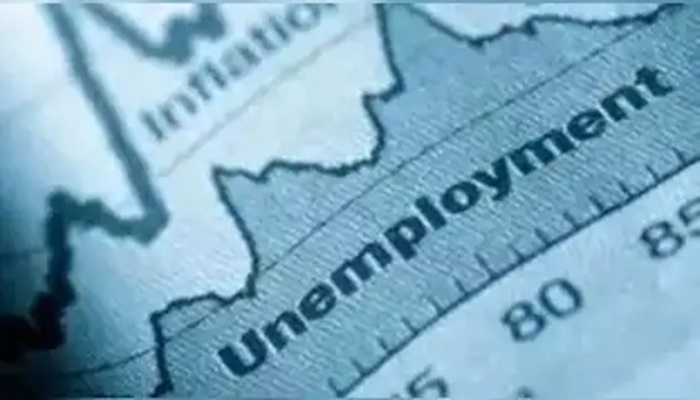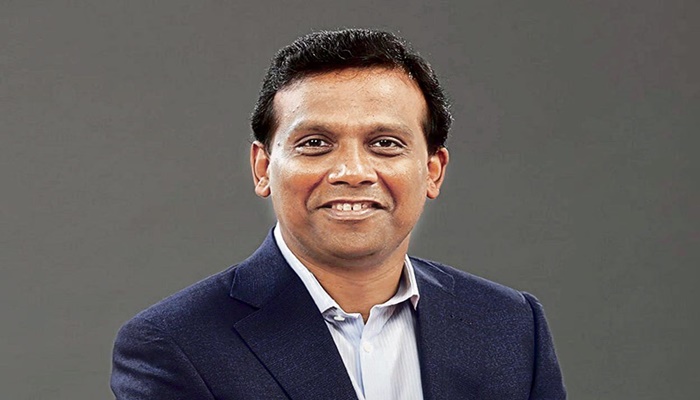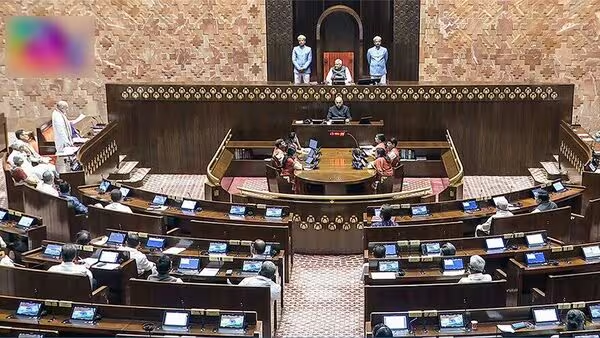The employment linked Incentive (ELI) Scheme, approved by the Union Cabinet early July, to create new jobs in the formal sector has failed to enthuse economists and trade unions. The scheme may not achieve its objective of generating 35 million jobs over two years in its current form or enhance employability and social security, they say.
The scheme, with an outlay of `99,446 crore, has two components. One offers `15,000 a year to first-time employees in two instalments over 12 months. The other offers `1,000-3,000 to employers every month for two years (for manufacturing, this extends up to four years) for every additional hiring for at least six months. Both are cash transfers for new employees (up to `1 lakh a month salary) and establishments registered with the EPFO. This makes the scheme exclusive for the formal sector.
The Right Solution?
Pronab Sen, former chairman of the Standing Committee on Statistics, says the scheme is meant for “larger establishments” and is “not so sure” it will generate more jobs. “Subsidising labour for big companies does not create employment. It is plain subsidy. After the incentives end, the burden of new employees will be on the company. Why would it hire?” he asks, adding “since big companies prefer capital-intensive technology, support to them will mean less jobs for the investments made.” Sen sounds an alarm as well. “Support to big companies can be counter-productive if they out-compete MSMEs, which generate more jobs,” he says. “The focus should have been on small and medium industries which generate more jobs and where unskilled young people are trained,” he says.
PC Mohanan, former acting chairman of the National Statistical Commission, is skeptical for another reason. “The scheme has no mechanism to know if fresh hirings have been made,” he says. “Instead of giving subsidy to existing employers, the government should encourage the setting up of new enterprises for real additional employment,” he says.
Labour economist Vinoj Abraham from the Centre for Development Studies says “an employer will hire more if it is economically viable, that is, there is a need to raise output, and the wage subsidy is sufficiently large.”
This raises the question of the need for capacity addition. The signs are not encouraging. Industrial output (IIP) growth remains indifferent, falling from 5.9% in FY24 to 4% in FY25, with manufacturing, mining and electricity taking a hit, a trend repeated in May 2025, as per the MoSPI. The manufacturing sector’s capacity utilisation continues to be below 75%.
Sunil Dharan, Associate Professor of Economics in Delhi University, says the scheme is a supply-side solution to a demand-side problem. “There must be additional demand for more jobs to be created. The government has not tried to do so, going instead for fiscal tightening at a time when the economy was not doing well.” He points to the fall in real GDP growth from 9.2% in FY24 to 6.5% in FY25 as fiscal deficit was lowered from 5.6% of GDP in FY24 to 4.8% in FY25 (RE). Fiscal deficit is estimated to fall further to 4.4% in FY26 (BE) even though the RBI expects growth to stagnate at 6.5%.
There is, however, support for the ELI’s focus on manufacturing. Mohanan says this is a positive “because manufacturing is not doing well.” Annual Periodic Labour Force Surveys (PLFS) show that the share of manufacturing in jobs fell from 12.1% in FY18 to 11.4% in FY24. The services sector’s share has fallen too, while the share of agriculture has grown. Manufacturing’s contribution to the economy is also falling. Its gross value added (GVA) has dipped from 17.4% in FY12 to 13.9% in FY25 (current prices). The Make in India’s goal is 25%.
It, however, needs to be noted that manufacturing hasn’t faltered because of lack of support. The government has taken several big-ticket initiatives since 2015—Make in India, corporate tax cut and Production Linked Incentive schemes—to help the sector. New job creation was seen as an essential byproduct of Make in India and corporate tax cut. In contrast, the PLI Scheme, meant to develop strategic sectors, was presented in the 2022 Budget as having a potential to create six million jobs in five years. At the end of the fourth year, that is FY25, a Commerce & Industry Ministry’s review shows it had created 1.2 million jobs, 20% of the target. How realistic then is the ELI Scheme’s promise to generate 35 million jobs in two years?
There are concerns over the scheme’s other two goals also—enhancing employability and social security. The RSS-affiliated Bharatiya Mazdoor Sangh has asked the government to ensure that the scheme “mandates provision of fair wages, health protection, provident fund, insurance (ESI), and other statutory benefits for workers” and “eliminates the possibility of misuse through short-term or contractual hiring done solely to claim incentives.”
The CPI(M)-affiliated Centre of Indian Trade Unions has opposed the idea of subsidising employers by paying their EPF contributions.




















